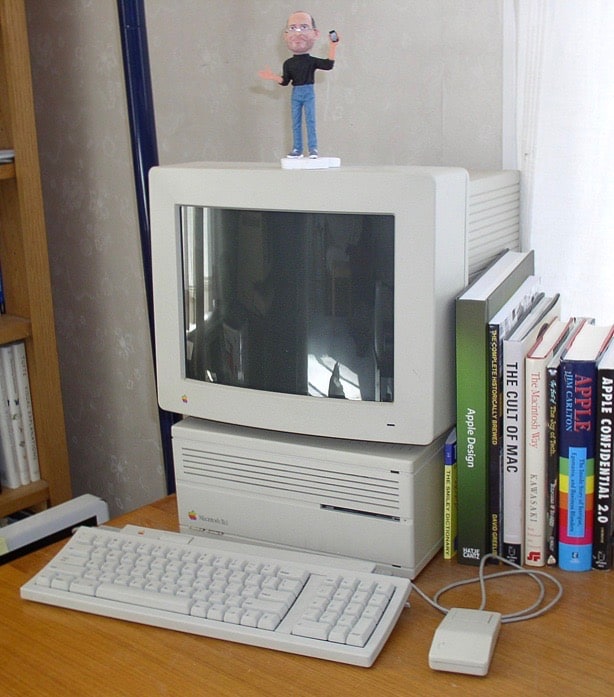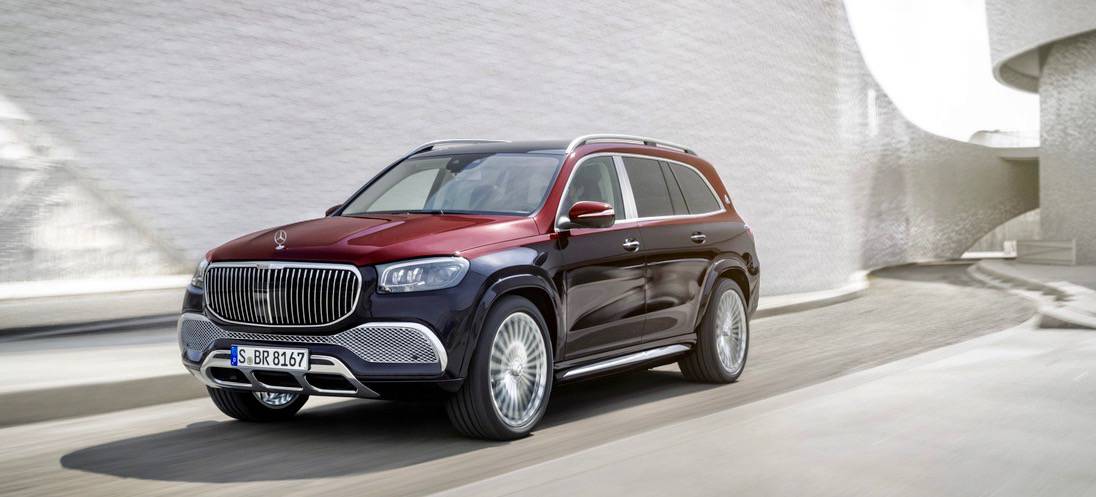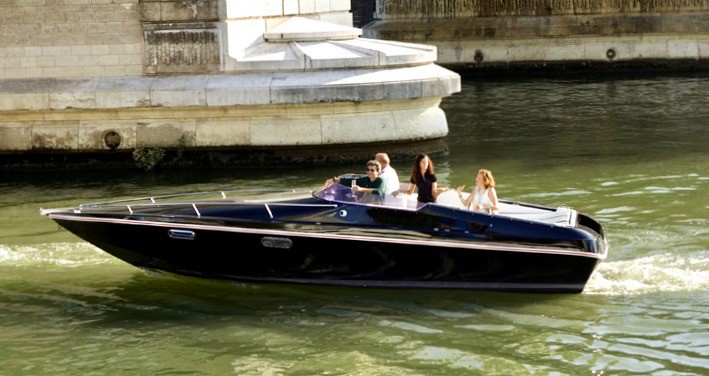Editor’s note: From time to time, we all need to tidy up our garages. In my case, it’s also time to share some news and notes that have accumulated in my inbox:
Print is dying, even for auction catalogs
Not long after my alma mater, AutoWeek, announced that it was ending publication of a printed magazine, the publisher of 22 automotive titles said 19 of them were being discontinued. Now comes word that the same thing is happening with auction catalogs.
The artnet.com website reports that Christie’s, the huge global art auction house, is reducing its printed materials by half in 2020. The reason given is environmental impact, but imagine the cost savings that come with not having to print and mail heavy, glossy catalogs.
Christie’s told the website that more than half of the items sold at its auctions are going to people who didn’t receive its printed catalogs. Instead, they used Christie’s online resources.
The auction house said it printed 700,000 catalogs and other materials in 2019. Those that it continues to print in 2020 will be slimmed down in comparison to their predecessors.
“Nearly all Christie’s global client base are now digitally engaged on a transactional basis with a complete collecting experience online,” Christie’s chief executive Guillame Cerutti said in a statement. “From engaging general content to our detailed catalogues, bidder registration and post-sale processes, all can be accessed via screens of choice.”

Art auction house Phillips already has stopped doing printed catalogs for its sales aimed at younger audiences, the website said, adding that Sotheby’s, which owns RM Sotheby’s, also is looking at going more digital.
Can the demise of the collector car auction catalog be far behind this trend, and especially as we experience a generational shift in bidders?
Yet another generational shift

As if it’s not bad enough for the Baby Boomer generation that Xers and Millennials are not clamoring to buy their cherished classics (which makes sense, just like the Boomers, the next-gen collectors want the cars they lusted after while in high school), consider the following:
The cultofmac.com website reports that after the death of Adam Rosen, who was 53 years old when he died from pancreatic cancer, his family is donating his collection of more than 100 vintage Macs to a museum in Montana.
Rosen’s Macs are Macintosh/Apple computers, along with their peripherals, manuals and software, and they’re all going to the American Computer and Robotics Museum in Bozeman, Montana.
It’s actually a wonderful story about a family honoring a son’s memory, but there’s a kicker that might be hard to accept for the car collecting community.
Before his death, Adam Rosen told the website: “This is our generation’s version of collecting vintage cars.
“The car for so many people was the center of American life,” he added. “You souped it up and it defined you. You are preserving that part of your identity.”
Rosen saw computers taking on a similar role in the life and legacy of his generation.
No more car-wash blues

Do you avoid drive-through car washes because your car’s ride height provides little ground clearance, let alone enough room for the track that takes your car through the power shower?
Mercedes-Benz is equipping the next generation of its GLS models with a Carwash Function which adjusts the suspension to its highest position, folds in the exterior mirrors, closes the side windows and sliding sunroof, suppresses the rain sensor so the automatic windshield wipers are switched off, switches the climate control to recirc, activates the 360-degree cameras to help you drive into the wash tunnel, and then deactivates itself when you exit the car wash and achieve a speed of 12 mph.
Top 10 designs of 2019

The dezeen.com website has published its top-10 transportation designs of 2019 list. As you might expect, it includes the Bugatti LaVoiture Noire, the Lamborghini Sian, the Tesla Cybertruck and the Harley-Davidson electric bike concept.
But it also notes the FedEx SameDay Bot autonomous robotic delivery box; the Citroen Ami One EV that has a top speed of 28 mph and is designed to be driven even by those too young to have driving licenses; the Layer and Nio Pal, a scooter that learns your routes and then can follow them autonomously; and the Kazuyo Sejima Laview commuter train with its curved glass nose to provide a panoramic view as you ride to work.
Boats cruise with recycled Renault EV batteries

Ever wonder what happens to the batteries that power electric cars after they’ve served that purpose? French automaker Renault has launched a “second-life” project for such batteries that includes the production in 2020 of the Black Swan, “the first all-electric passenger boat powered by ‘second life’ batteries.”
After refurbishing the lithium-ion batteries that have powered Renault cars, Renault and Green-Vision put them into new boats designed by Seine Alliance based on craft from Tullio Abbate of Italy. The pair of 20 kW electric motors provide two hours of cruising along the River Seine, Renault said.
The boats are Renault’s second “second-life” effort, following participation in the Smart Fossil Free Island of Porto Santo, Portugal, where residents drive Renault Z.E. vehicles that feed energy back into the electric grid when not being driven.






